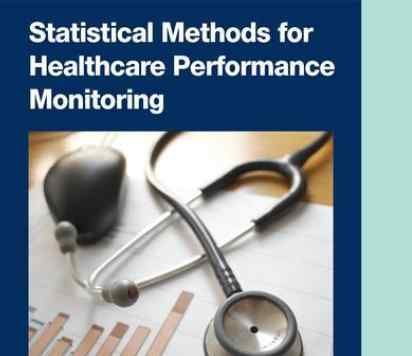BibTex format
@article{Bottle:2020:10.1136/bmjopen-2020-042371,
author = {Bottle, R and Griffiths, R and White, S and Wynn-Jones, H and Aylin, P and Moppett, I and Chowdhury, E and Wilson, H and Davies, B},
doi = {10.1136/bmjopen-2020-042371},
journal = {BMJ Open},
title = {Periprosthetic fractures: the next fragility fracture epidemic? A national observational study},
url = {http://dx.doi.org/10.1136/bmjopen-2020-042371},
volume = {10},
year = {2020}
}
RIS format (EndNote, RefMan)
TY - JOUR
AB - Objectives Periprosthetic fractures have considerable clinical implications for patients and financial implications for healthcare systems. This study aims to determine the burden of periprosthetic fractures of the lower and upper limbs in England and identify any factors associated with differences in treatment and outcome.Design A national, observational study.Setting England.Participants All individuals admitted to hospital with periprosthetic fractures between 1 April 2015 and 31 December 2018.Primary and secondary outcome measures Mortality, length of stay, change in rate of admissions.Methods We analysed Hospital Episode Statistics data using the International Classification of Diseases 10th Revision code M96.6 (Fracture of bone following insertion of orthopaedic implant, joint prosthesis, or bone plate) to identify periprosthetic fractures recorded between April 2013 and December 2018. We determined the demographics, procedures performed, mortality rates and discharge destinations. Patient characteristics associated with having a procedure during the index admission were estimated using logistic regression. The annual rate of increase in admissions was estimated using Poisson regression.Results Between 1 April 2015 and 31 December 2018, there were 13 565 patients who had 18 888 admissions (89.5% emergency) with M96.6 in the primary diagnosis field. There was a 13% year-on-year increase in admissions for periprosthetic fracture in England during that period. Older people, people living in deprived areas and those with heart failure or neurological disorders were less likely to receive an operation. 14.4% of patients did not return home after hospital discharge. The overall inpatient mortality was 4.3% and total 30-day mortality was 3.3%.Conclusions The clinical and operational burden of periprosthetic fractures is considerable and increasing rapidly. We suggest that the management of people with periprosthetic fractures should be undertaken and f
AU - Bottle,R
AU - Griffiths,R
AU - White,S
AU - Wynn-Jones,H
AU - Aylin,P
AU - Moppett,I
AU - Chowdhury,E
AU - Wilson,H
AU - Davies,B
DO - 10.1136/bmjopen-2020-042371
PY - 2020///
SN - 2044-6055
TI - Periprosthetic fractures: the next fragility fracture epidemic? A national observational study
T2 - BMJ Open
UR - http://dx.doi.org/10.1136/bmjopen-2020-042371
UR - http://hdl.handle.net/10044/1/85725
VL - 10
ER -
